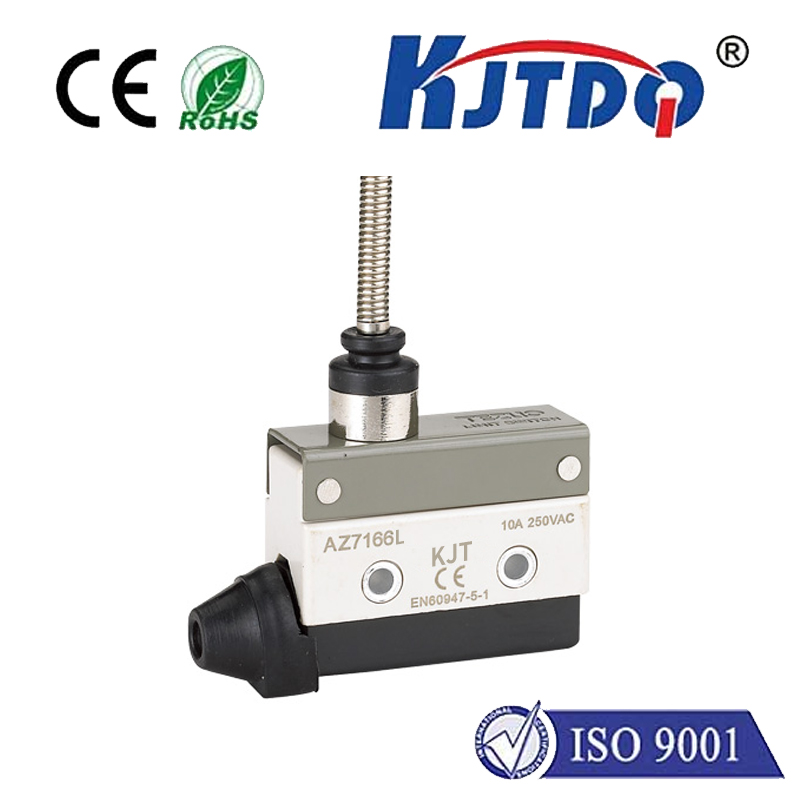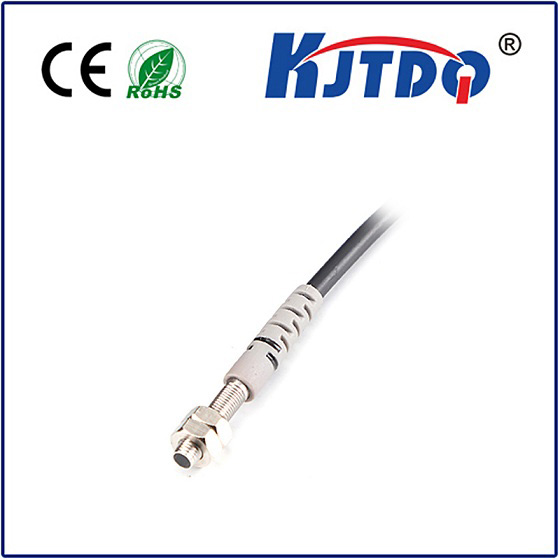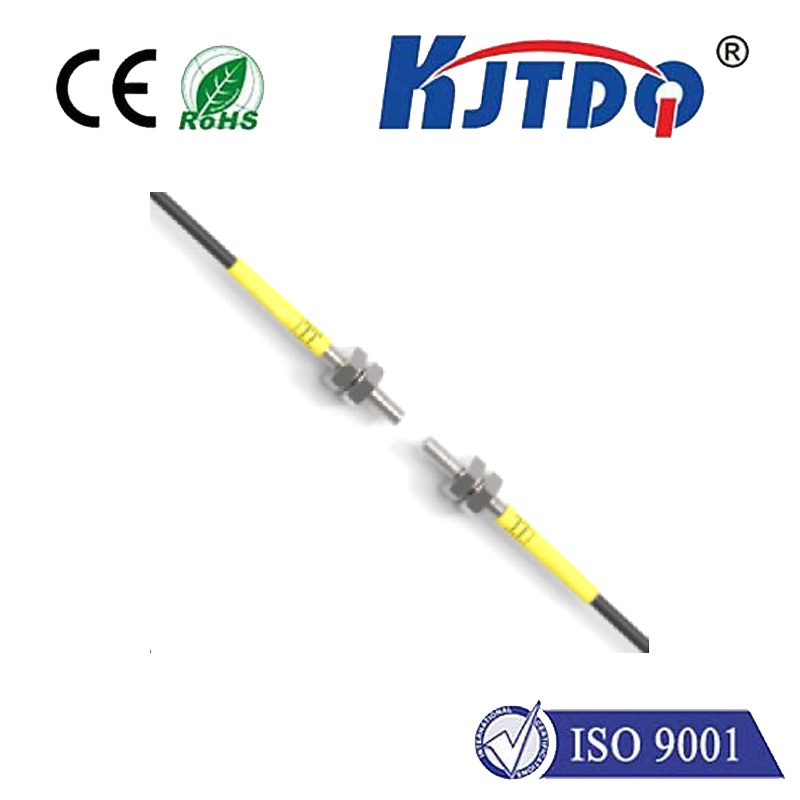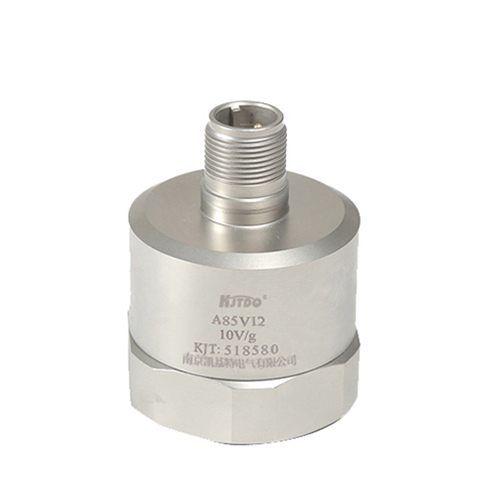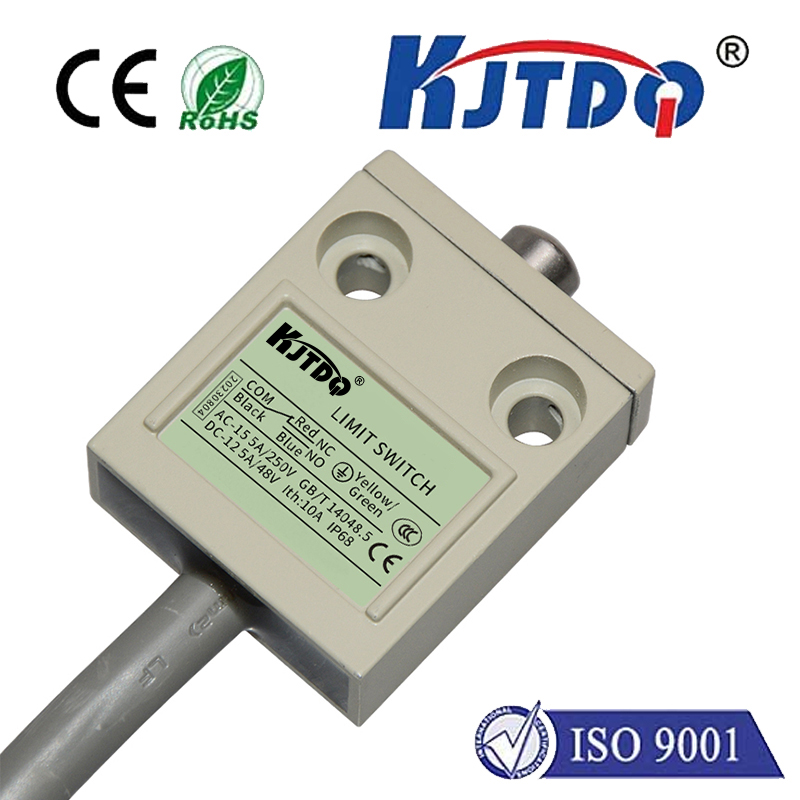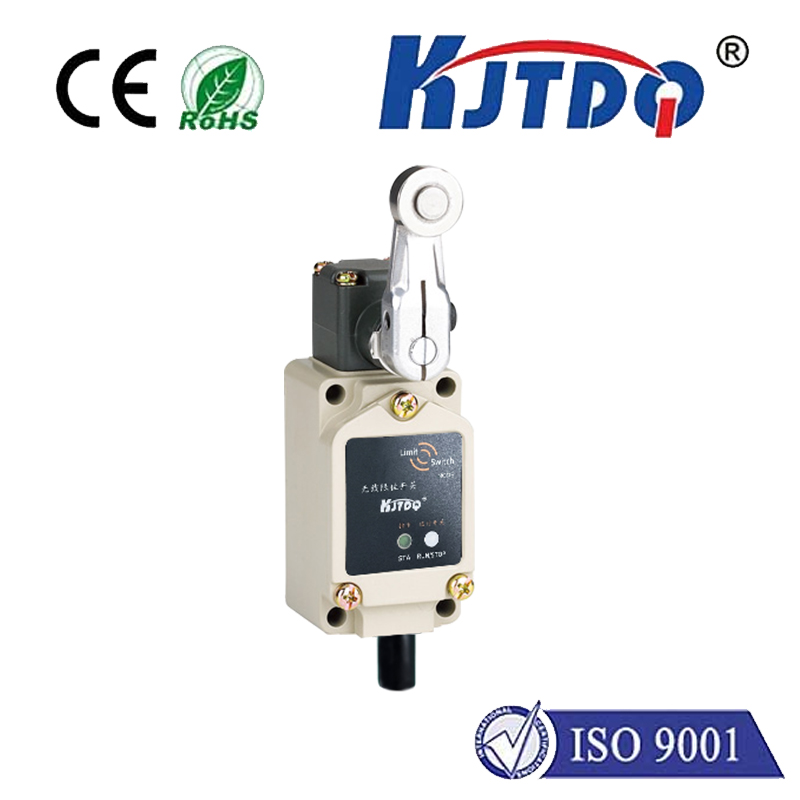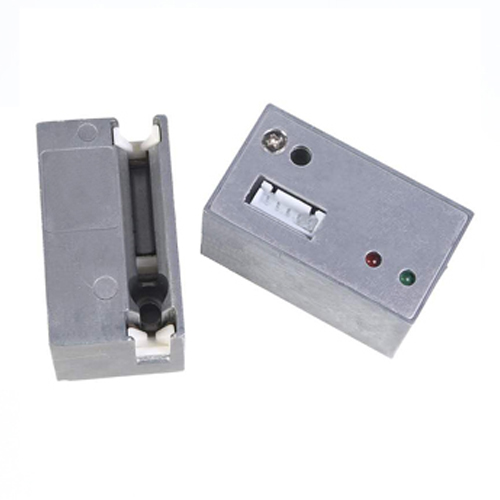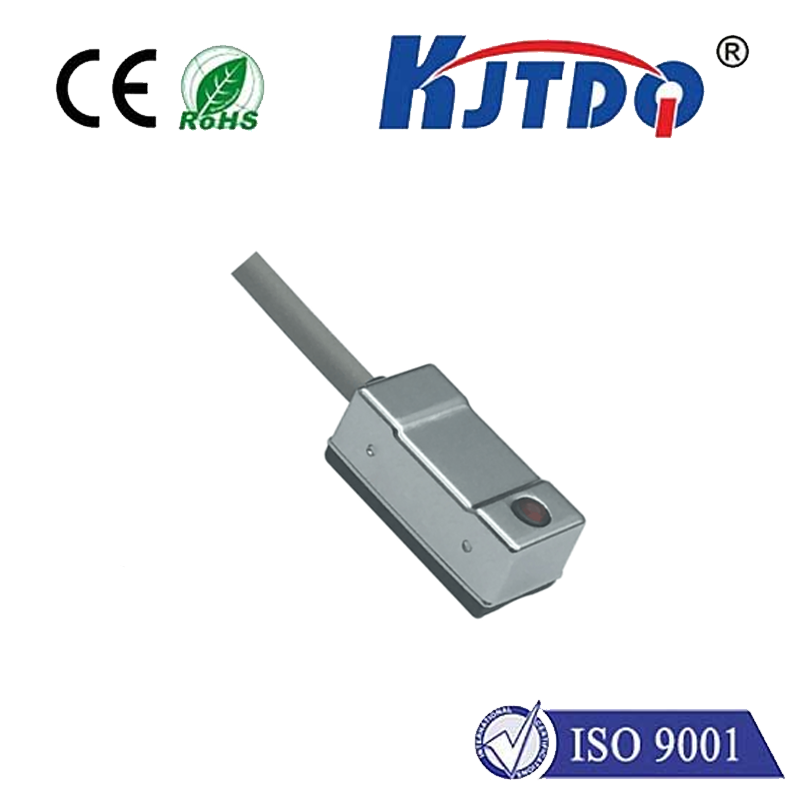

check

check

check

check
Imagine a bustling bottling plant. Bottles zoom down a conveyor belt at dizzying speeds. How does the system flawlessly count each one, trigger filling mechanisms only when a bottle is perfectly positioned, or halt the line instantly if a bottle tips over? The invisible hero enabling this precision is often the photoelectric switch optical sensor. These versatile, non-contact devices are fundamental building blocks in modern automation, manufacturing, security, and countless other domains, silently and reliably detecting the presence, absence, distance, or even surface characteristics of objects using the power of light.
Understanding the Core Principle: Light as the Signal
At its most fundamental level, a photoelectric sensor comprises two essential components: an optical emitter (typically an LED or laser diode generating infrared, visible red, or laser light) and an optical receiver (a photodiode or phototransistor). The core function hinges on the interaction of this emitted light beam with the target object. The photoelectric switch interprets this interaction – whether the light beam is broken, reflected, or its intensity altered – to trigger an electrical output signal (ON/OFF or analog), effectively acting as an electronic switch controlled by light. This non-contact nature offers significant advantages over mechanical switches, eliminating wear and tear and enabling high-speed detection.
The Three Pillars of Photoelectric Sensing Technology
Photoelectric sensors primarily operate using three distinct methods, each suited to specific applications and environmental challenges:

Through-Beam (Opposed Mode): This configuration features separate emitter and receiver units positioned directly opposite each other. The emitter projects a continuous beam of light towards the receiver. Detection occurs when an object physically interrupts this beam path, causing the receiver signal to drop and triggering the switch output. Through-beam sensors offer the longest sensing ranges and highest immunity to target color, surface finish, or reflectivity. They are ideal for large object detection, precise positioning over considerable distances, and high-accuracy counting applications. However, installation requires mounting two separate components and precise alignment.
Retroreflective: This type combines the emitter and receiver into a single housing. It relies on a specialized reflector (corner-cube or tape) placed opposite the sensor. The emitted light travels to the reflector and bounces directly back to the receiver within the same unit. Detection happens, just like in through-beam, when an object breaks the beam path between the sensor and reflector. This single-housing design simplifies installation compared to through-beam while maintaining relatively long sensing ranges. Performance can be affected by the target’s reflectivity if the object is highly reflective and positioned close to the reflector. A key variant is the polarized retroreflective sensor, which uses a special polarizing filter. This allows it to ignore highly reflective, non-metallic objects (like shiny plastic bottles) that might otherwise trick a standard retro-reflective sensor, only responding when the beam to its specific polarized reflector is broken.
Diffuse Reflective (Proximity Mode): Here, the emitter and receiver are also housed together. However, instead of relying on a reflector, they detect objects based on light reflected directly off the target surface. The sensor emits light; if a suitable target enters its detection field, sufficient light reflects back to the receiver, triggering the output. This mode offers the simplest installation as no separate reflector is needed, making it highly flexible. However, sensing range is generally shorter than through-beam or retro-reflective, and performance is heavily influenced by the target’s size, color, surface texture, and reflectivity. Dark, matte, or highly absorbent objects are more challenging to detect. Background suppression is a sophisticated diffuse variant that uses triangulation principles to measure distance rather than just light intensity. This allows the sensor to detect an object within a specific, adjustable range and ignore objects (or the background) beyond that range, significantly enhancing reliability in complex environments. Distance-settable models offer precise control over the exact switching point via teach-in functionality. Another variant, fixed-field (or fixed background suppression), is optimized to ignore reflections from background surfaces beyond its designed range without needing adjustment.
Where Photoelectric Sensors Shine: Key Applications
The versatility and reliability of photoelectric switch optical sensors make them ubiquitous:
The Compelling Advantages
Why choose photoelectric switch optical sensors? Their benefits are numerous:
Selecting the Right Sensor: Key Considerations
To harness their full potential, choosing the optimal photoelectric sensor type and model requires careful consideration:
By carefully evaluating these factors, engineers and technicians can leverage the precise, reliable, and versatile capabilities of photoelectric switch optical sensors to enhance efficiency, safety, and reliability across a vast spectrum of automated systems. Their ability to see with light provides a critical layer of intelligence to machines worldwide.
